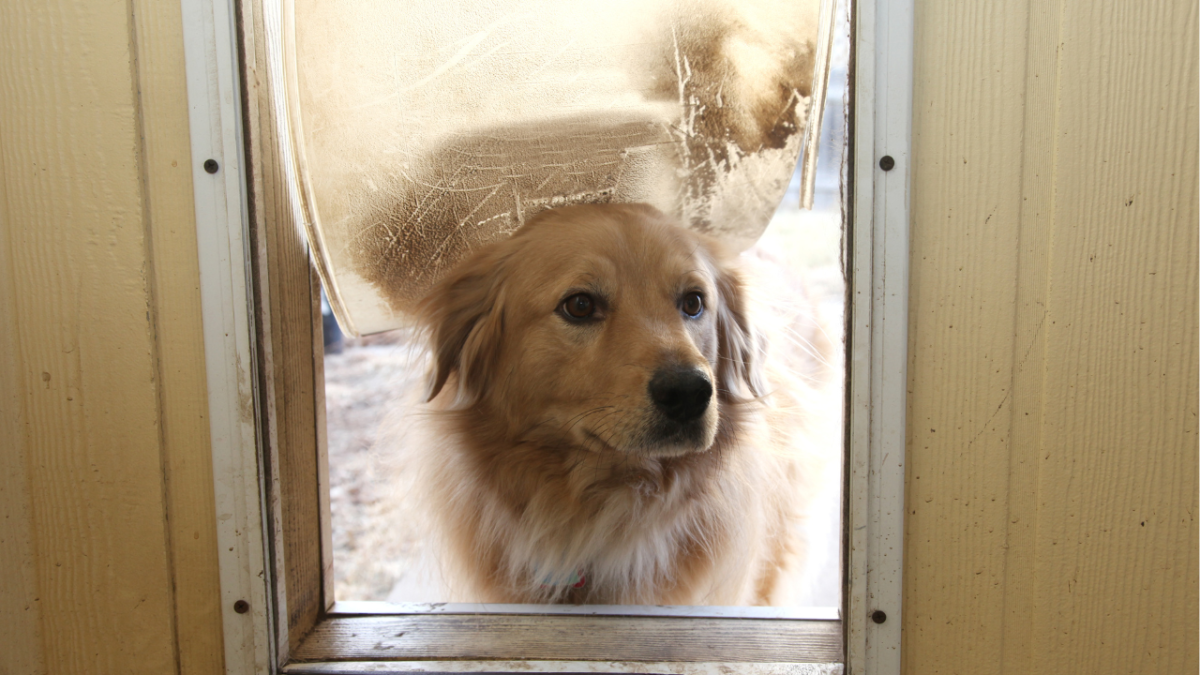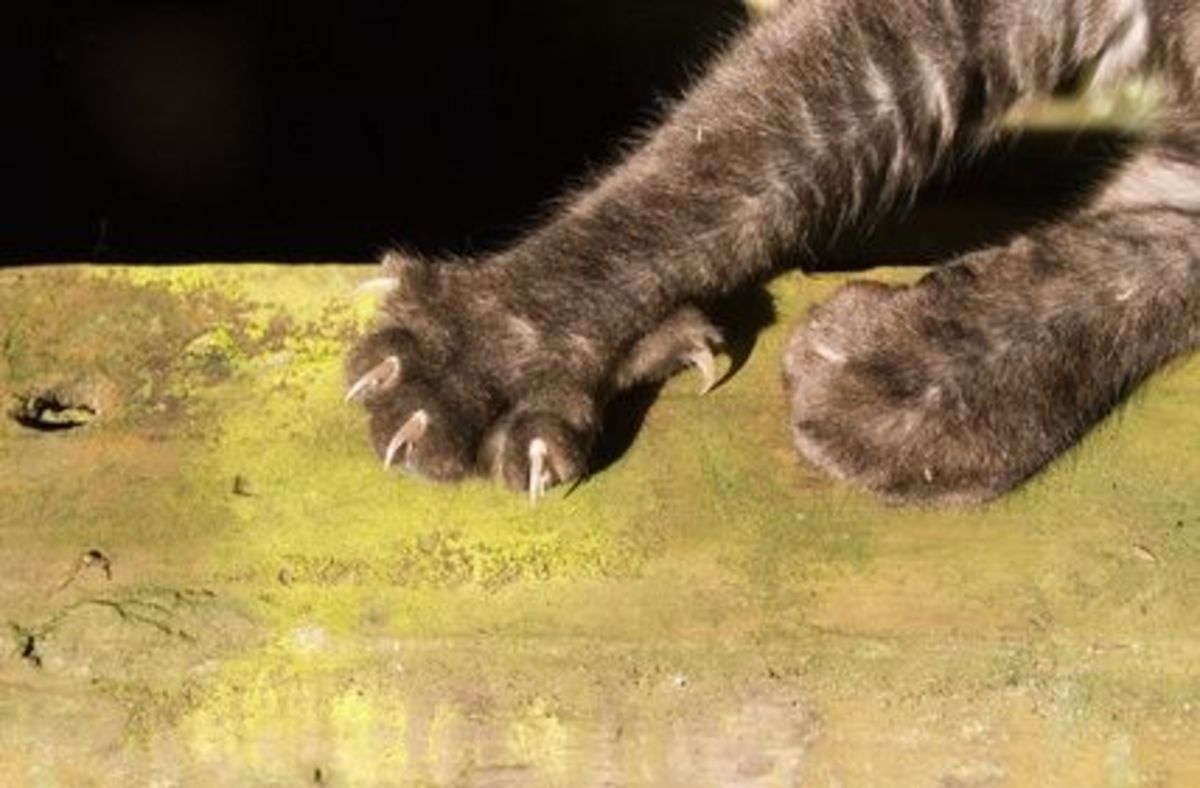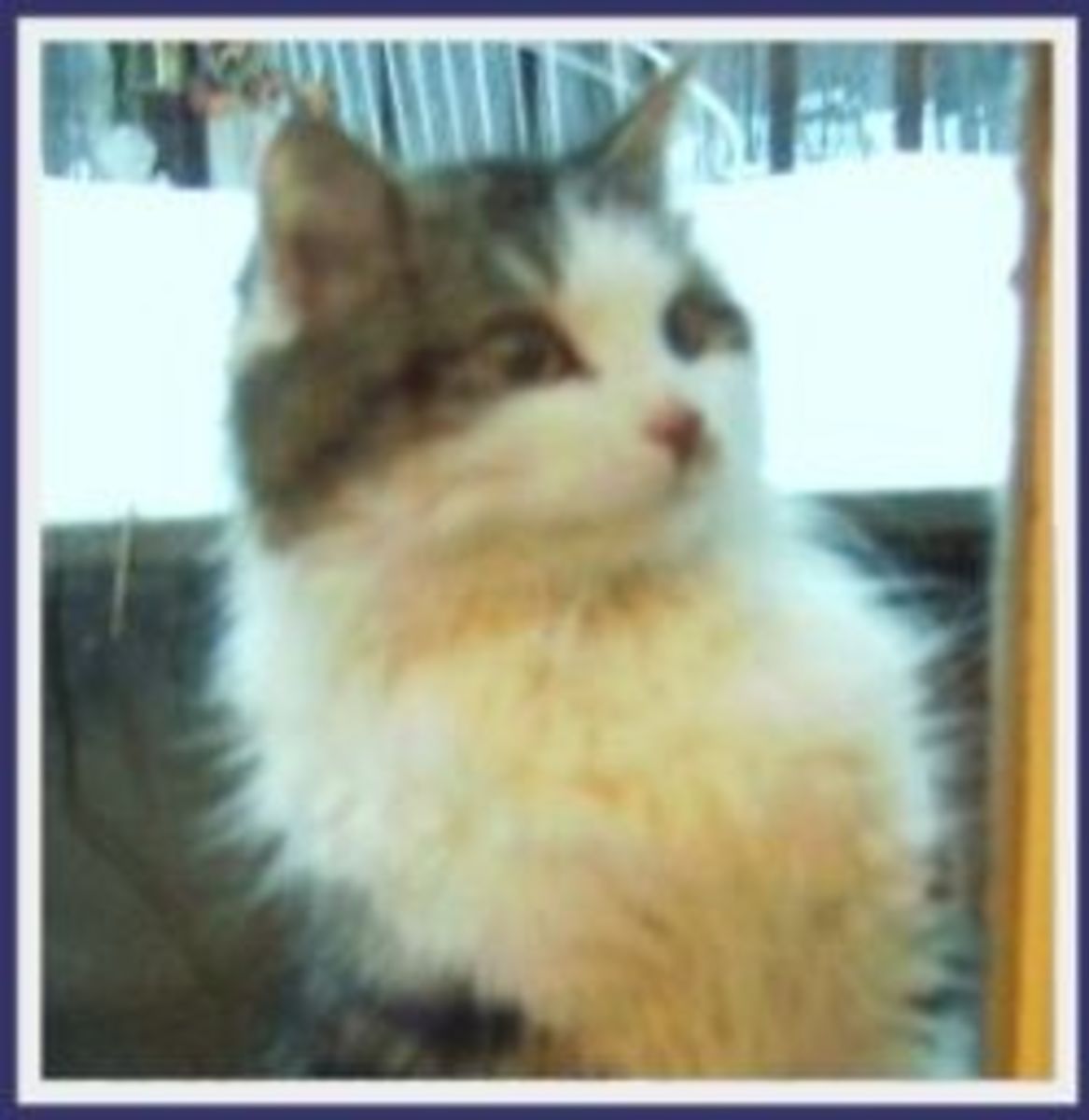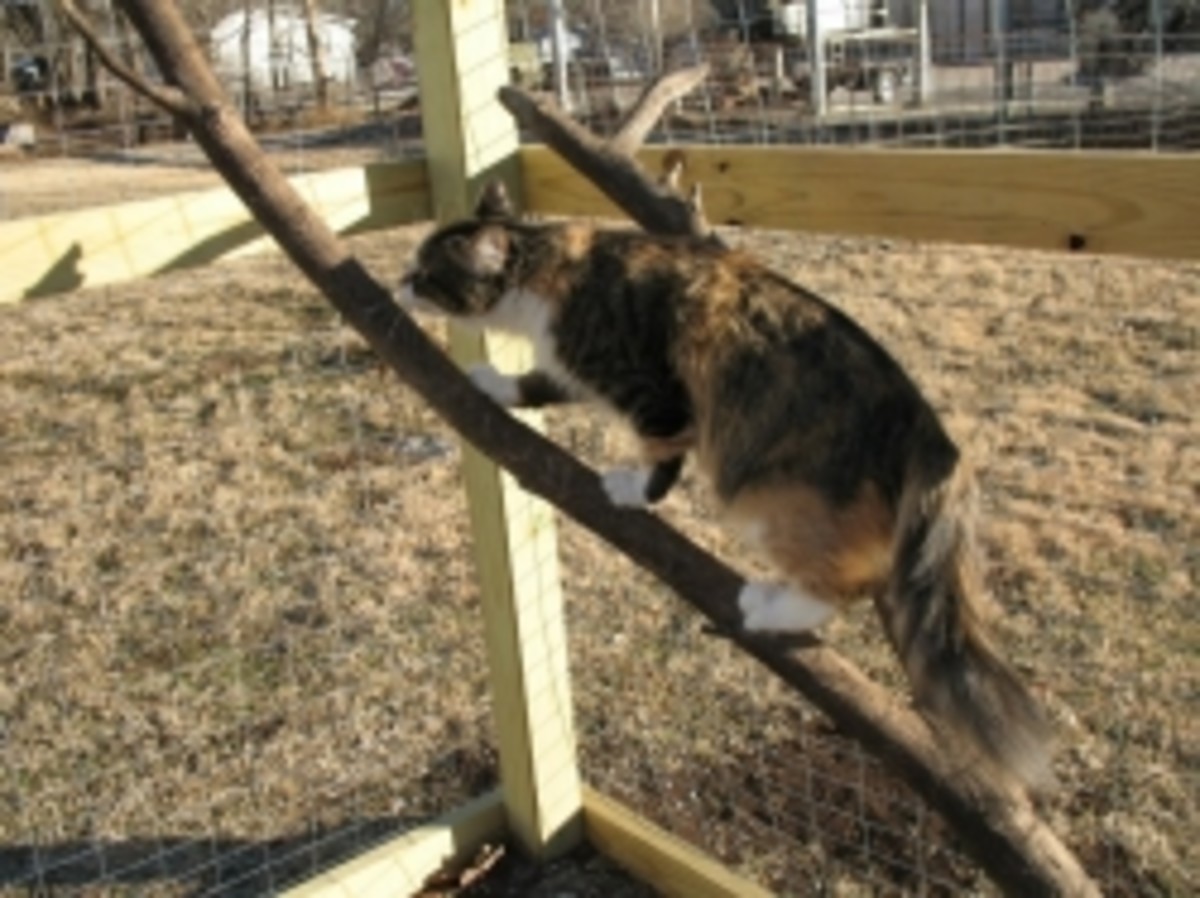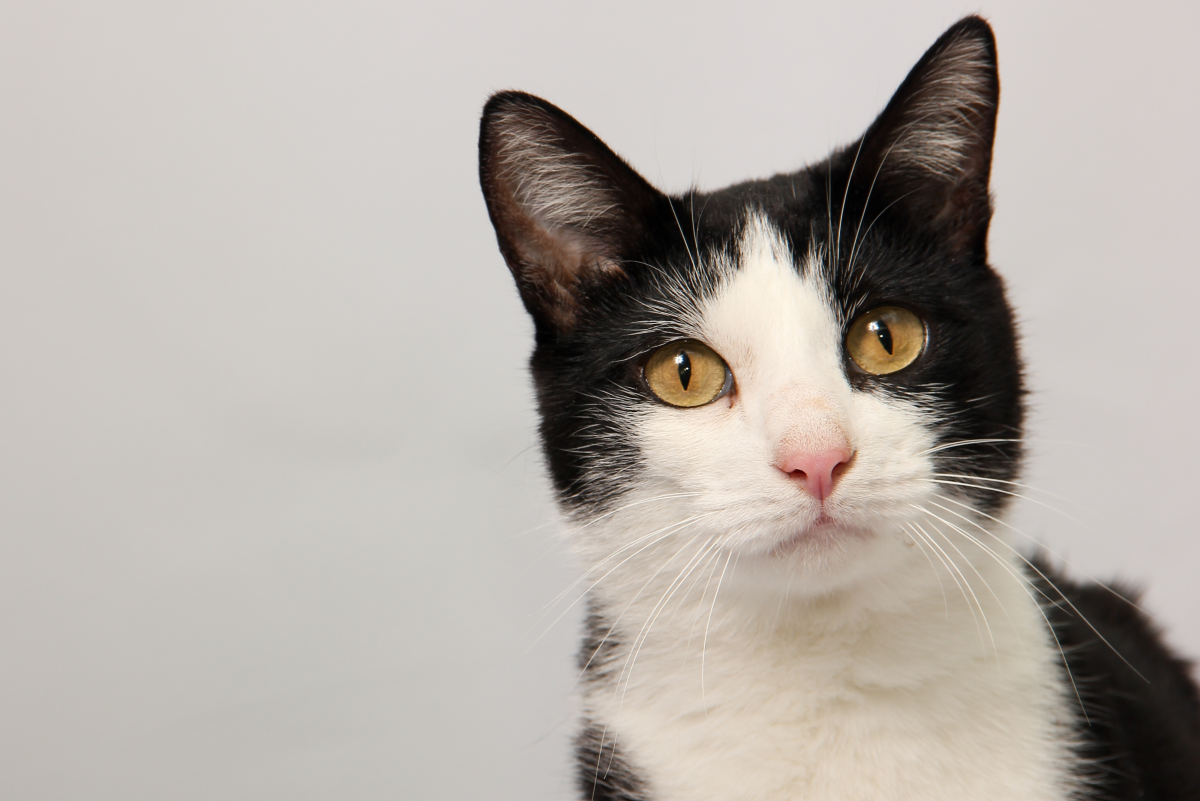How to Train Your Cat to Use the Cat Flap
Once your kitten has had all its vaccinations, you may decide you want it to go outside and that you would like it to be able to use a cat flap. If you already have a cat flap, your kitten will be familiar with the sight of it. Indeed, if you have an older cat that uses the flap, be careful - kittens learn by watching and many a kitten has presumed that it can do whatever the big cat can do. You think the kitten is safely shut inside because you have not yet taught it to use the flap and suddenly there it is, out in the yard! However, if it has no feline tutor, you will have to step in.
A cat flap can be quite a scary thing - it looks solid yet swings about and often makes quite a clunk or even a snap as it shuts. The door touches the body as the cat goes through and often almost shuts on the tail. On going through, the kitten is very exposed for a few moments because it cannot see what is on the other side and it cannot run away.
There are a host of cat flaps to choose from, but it is best to choose one that can lock in either or both ways. If you have a high density of cats in the area and don't want all of them visiting you (and terrorizing your kitten), consider getting one that is triggered to open by a magnet that is carried on the cat's collar. A similar cat flap is made to open by an electronic key on the collar. In this way you can be selective about which felines you welcome in.
By now you will have realized that grabbing your kitten and forcing it through the flap as it panics is not the best approach. It may never want to go near it again. Breaking the exercise into smaller chunks will be slower but much more effective. Your kitten needs to understand that the flap is a method of gaining entrance to or exit from its home - it can open the way to adventure or, if coming in, to security. The first thing to do is to prop the door open with a pencil or stick it open with some tape - use any method you like to fix the door horizontally open and leave the largest hole possible for the kitten to look through. Of course, if you are letting the kitten see the real outdoors for the first time, it is likely to be very wary. It might be easier to let it enter the area it is familiar with, letting it tackle the cat flap from the outside first. Hold the kitten just outside the door looking in. Get another member of the family or a friend to encourage it from the inside with a treat or a toy and by calling its name. Remember to reward the kitten as soon as it comes through the hole.
Once the kitten has mastered coming in through the hole, try going the other way. Call it from the outside. Again, reward it as it comes through.
The next step is to prop the door so that it is only half open. The kitten will still be able to see out and know that it can go through, but it will have to push the door a little and feel it on its back as it goes through. Encourage the kitten to push and come through and then reward it. Try the exercise from both sides before putting the door down a bit further and repeating the process. In no time at all the kitten will be confidently barreling through the flap and enjoying its freedom.
What about when you want to lock the door at night to keep the kitten safely indoors - won't that confuse it? The way to overcome this is to place a signal or sign there that only appears when the door is locked. You could just use a piece of board or material in front of the flap so that the kitten learns that, when this is present, it is futile to try getting through. Be consistent with your signage - you can gradually use it less and less once the kitten understands that the flap is shut only at certain times and open at others.
- How to Train Your Kitten to Come When Called
We don't want our cats to be obedient like dogs, and most of the time we don't need them to be. Dogs can cause trouble and can be dangerous, so there is a need to ensure they are under control. However, it can... - Choosing a Cat Carrier for Travel with Cat
You could bring the kitten home in a cardboard box, but, as you are likely to need a carrier through the cat's life for trips to the veterinarian or the cattery, it is worth getting one from the very start,...

